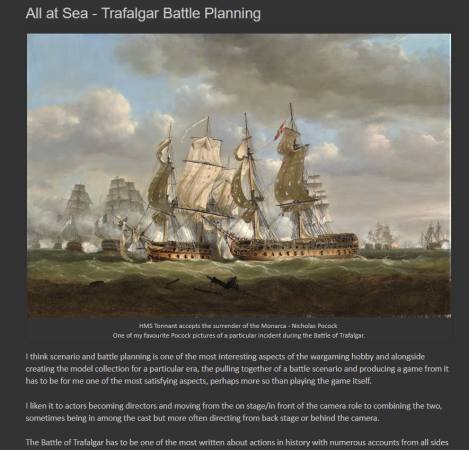Next out in our 54mm series:
British Hussars 1812-1815

Officer 7th Hussars T54.603
Sergeant 7th Hussars T54.604
Trooper 18th Hussars T54.605
Trumpeter 7th Hussars T54.606
These 4 Hussar figures can also be painted as different regiments, including Kings German Legion.

Undeniably, the 7th Hussars were the embodiment of dash and panache for which every cavalry regiment strives. Nicknamed "The Saucy Seventh," they were rivaled as a fashionable regiment only by the 10th Hussars, and the 7th attracted most of their Officers from the nobility, including two Princes. The 7th were an exclusively Scottish regiment for some years after their inception, and a few of the Celtic links remaining today, especially in the music. The Queen's Royal Hussars still uses the famous cypher of the 7th Queen's Own Hussars as part of the cap badge and rank badges, they also proudly wear the "Maid of Warsaw" earned by the 7th during World War II.
Owing to the 7th Hussars losing their earliest documents twice within their first fifty years, their beginning is something of a mystery. It is certain that a commission was delivered to Colonel Richard Cunningham in 1690 ordering him to relinquish his foot command and take over a regiment of Dragoons, formed from Eglintoun's Horse and Cardross's Dragoons to be six troops strong. By February 1691, Cunningham's Dragoons were an established unit of King William's Army in Scotland. The 7th could always boast of being one of the only two surviving regiments of cavalry raised in Scotland.
Last chance to purchase these toy sets - only a few left, 10% discount!
The King s Royal Rifle Corps
Royal Navy Landing Party
The English Civil War
8th Madras Native Infantry
The Naval Brigade
French Line Infantry
British Light Infantry
English Archers
English Arquebusiers
French Foot Artillery
Please contact Steve Hare for more information at shop@traditionoflondon.com.






